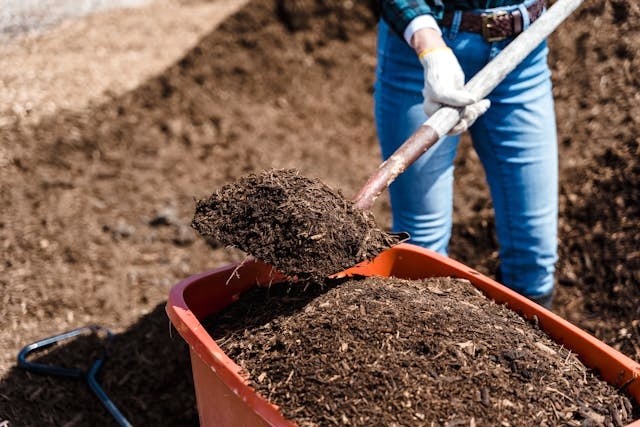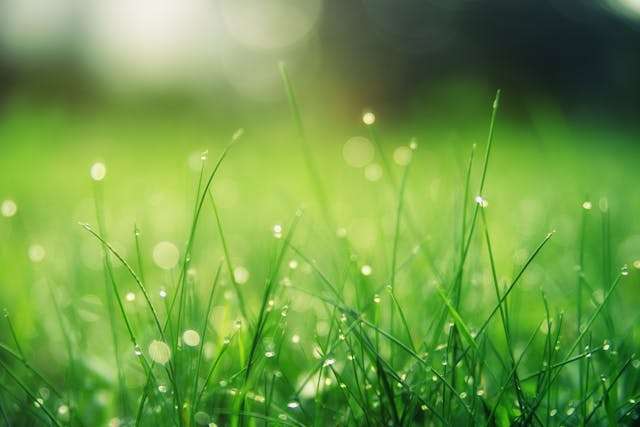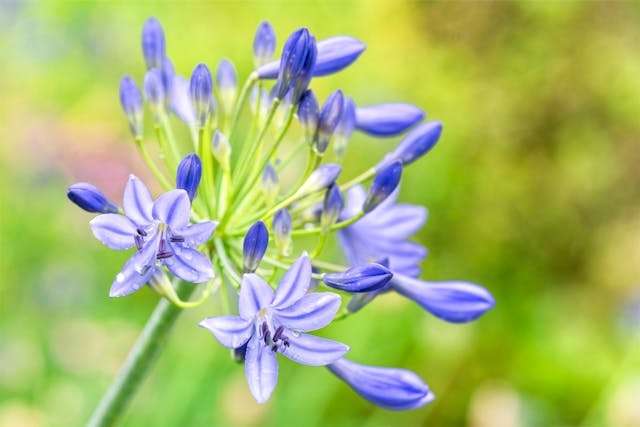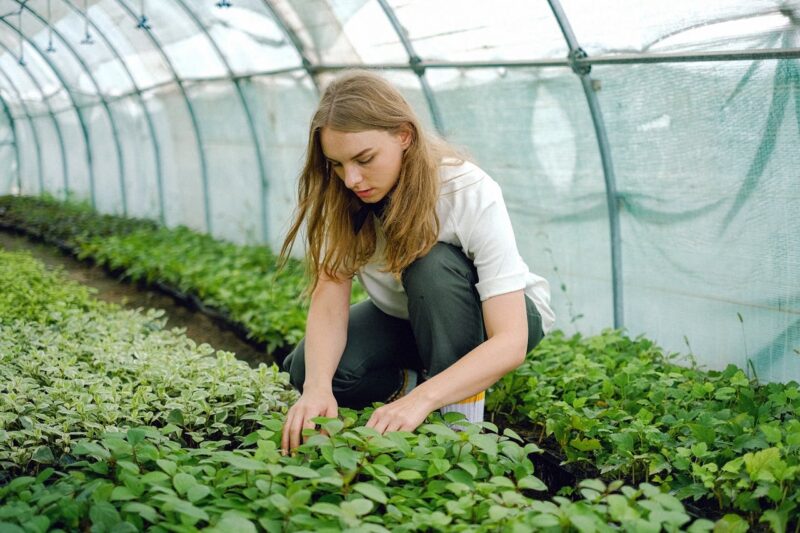Reducing waste in our daily lives is becoming increasingly important, especially in how we approach gardening. Traditional gardening practices often lead to significant waste, from excess plant material to unnecessary water consumption. However, by adopting a closed-loop system in your garden, you can minimize waste while efficiently recycling resources. This system focuses on creating a self-sustaining ecosystem where everything in the garden serves a purpose. The benefits are twofold: not only do you reduce your environmental impact, but you also save money and cultivate a more productive garden. We will guide you through practical steps to implement a closed-loop system, turning waste into valuable resources.
Understanding the Basics of a Closed-Loop System
A closed-loop system in your garden is based on the principle of recycling resources to reduce waste and external inputs. This system encourages using every possible resource within the garden, creating a self-sustaining cycle. For example, instead of discarding plant material, you can compost it and return nutrients to the soil. The three key principles of a closed-loop system are resource efficiency, waste reduction, and focus on sustainability. Resource efficiency involves making the most of what you already have, waste reduction focuses on minimizing what leaves your garden, and sustainability ensures the long-term health of your green ecosystem.
Composting: The Foundation of a Closed-Loop System
Composting is a fundamental component of any closed-loop garden. It involves the natural decomposition of organic materials, such as kitchen scraps and garden waste, to create nutrient-rich compost. This compost is a natural fertilizer, enriching your soil and promoting healthy plant growth. To start composting, you’ll need a mix of green materials like vegetable scraps and grass clippings, as well as brown materials like leaves and straw. Green materials provide nitrogen, while brown materials add carbon, both of which are necessary for balanced compost. Turn the compost regularly to aerate it and maintain proper moisture levels to speed up decomposition. In just a few months, you’ll have a rich, earthy compost that can be used to nourish your garden beds, reducing the need for chemical fertilizers and enhancing soil health in a sustainable way.

Water Management Techniques
Water is one of the most valuable resources; managing it wisely is key to sustainability. Rainwater harvesting is a simple yet effective way to collect and store water for your garden. Installing rain barrels under downspouts allows you to capture rainwater during wet periods and use it during dry spells. This reduces your reliance on municipal water supplies and helps conserve this precious resource. Another method is greywater recycling, which involves reusing water from household sources like sinks and showers. Simple DIY systems can redirect this water to your garden, reducing your water footprint. Pair these techniques with efficient irrigation methods, such as drip irrigation or soaker hoses, which deliver water directly to the roots of your plants. This targeted watering approach minimizes water waste and promotes healthier plant growth, making your garden more resilient and sustainable.

Closed-Loop System in Your Garden: Integrating Animals
Integrating animals into your garden can significantly enhance the efficiency of your closed-loop system. Chickens, for example, are excellent natural pest controllers, helping reduce the need for chemical pesticides. They also produce nutrient-rich manure, which can be composted to create a potent fertilizer for your plants. Vermicomposting is another method that uses worms to break down kitchen scraps and garden waste. Worms process organic material into nutrient-dense worm castings, which are highly beneficial for plant growth. Additionally, attracting beneficial wildlife, such as bees, butterflies, and birds, can contribute to a balanced ecosystem. These creatures aid in pollination and natural pest control, reducing the need for external inputs. By integrating animals and wildlife into your garden, you create a more dynamic, self-sustaining system that supports both plant and animal life, enhancing the overall health of your garden.
Planting Perennials and Native Species
Planting perennials and native species is a smart strategy. Perennials are plants that live for several years, producing flowers and foliage season after season. They require less maintenance and fewer resources than annuals, making them an ideal choice for a closed-loop garden. Native species are plants naturally adapted to your local climate and soil conditions. These plants are often more resilient to pests and diseases and typically require less water and fertilizer. By choosing perennials and native species, you reduce the need for external inputs, such as chemical fertilizers and pesticides, and create a garden that is more in tune with its natural surroundings. Additionally, crop rotation and cover cropping can help maintain soil fertility and reduce pest problems.

Reducing and Repurposing External Inputs
Reducing and repurposing external inputs is vital to maintaining a closed-loop system in your garden. One way to do this is by minimizing chemical fertilizers and pesticides. Instead, use natural alternatives like compost tea, neem oil, or introducing beneficial insects to your garden.
These methods help maintain plant health without introducing harmful chemicals into your green ecosystem.
You can also make your own organic fertilizers using kitchen and garden waste, such as banana peels, eggshells, and coffee grounds.
Repurposing materials is another effective strategy. For example, old containers can be turned into planters, and recycled wood can be used to construct
trellises or raised beds. By reducing your reliance on new, external resources, you save money and contribute to a more sustainable and eco-friendly gardening practice.
Monitoring and Adjusting Your System
Regular monitoring and adjustment are key to keeping your closed-loop system functioning effectively. Start by conducting simple soil tests to check for nutrient levels and pH balance. This information helps you understand your soil’s condition and determine what amendments, such as compost or organic matter, may be needed. Observing plant health is equally important. Pay attention to signs of nutrient deficiencies, like yellowing leaves or stunted growth, indicating that your plants need additional nutrients. Based on these observations, adjust your composting, watering, and mulching practices to meet your garden’s changing needs. Additionally, be prepared to modify your approach with seasonal changes. For instance, you may need to adjust watering schedules during hot summers or protect your garden from frost in the winter.
Conclusion
Building a closed-loop system in your garden is a practical and rewarding way to reduce waste, lower costs, and promote sustainability. Composting, managing water wisely, and reusing garden waste create a self-sufficient garden that minimizes its environmental impact. Integrating animals and planting perennials and native species further enhances your garden’s resilience and productivity. Reducing and repurposing external inputs allows you to maintain a sustainable gardening practice while saving money. Whether you’re a seasoned gardener or just starting, implementing these tips can make a significant difference. Start small and gradually expand your closed-loop practices.
Author Bio: Sarah Mitchell is an avid gardener and sustainability enthusiast with a background in environmental science. Before diving into gardening full-time, Sarah worked at movesaferelocation.com, where she developed a deep appreciation for minimizing waste and environmental impact during home transitions. Now, she applies that same commitment to sustainability in her gardening and writing.
Images used:
Featured Image
Gardener Shoveling Compost
Rainwater on Grass
Purple Flowers
